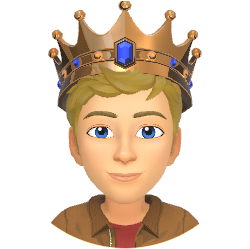Fossils and Extinction
Cards (20)
- What are fossils?
- Why is studying fossils important?
- How do fossils provide evidence for evolution?
- What are the three main ways fossils can form?
- How do gradual replacement fossils form?
- What types of body parts commonly form fossils?
- What are casts in fossil formation?
- How are impressions different from casts?
- What conditions lead to fossil preservation?
- Where can fossils be preserved without decay?
- What is the age range of the oldest fossils found?
- Why is there an incomplete fossil record?
- What can destroy ancient fossils?
- When is a species considered extinct?
- What is a common reason for species extinction?
- How can new predators contribute to extinction?
- How has human activity affected species extinction?
- How can diseases lead to extinction?
- What catastrophic event wiped out the dinosaurs?
- What are the main causes of extinction?
